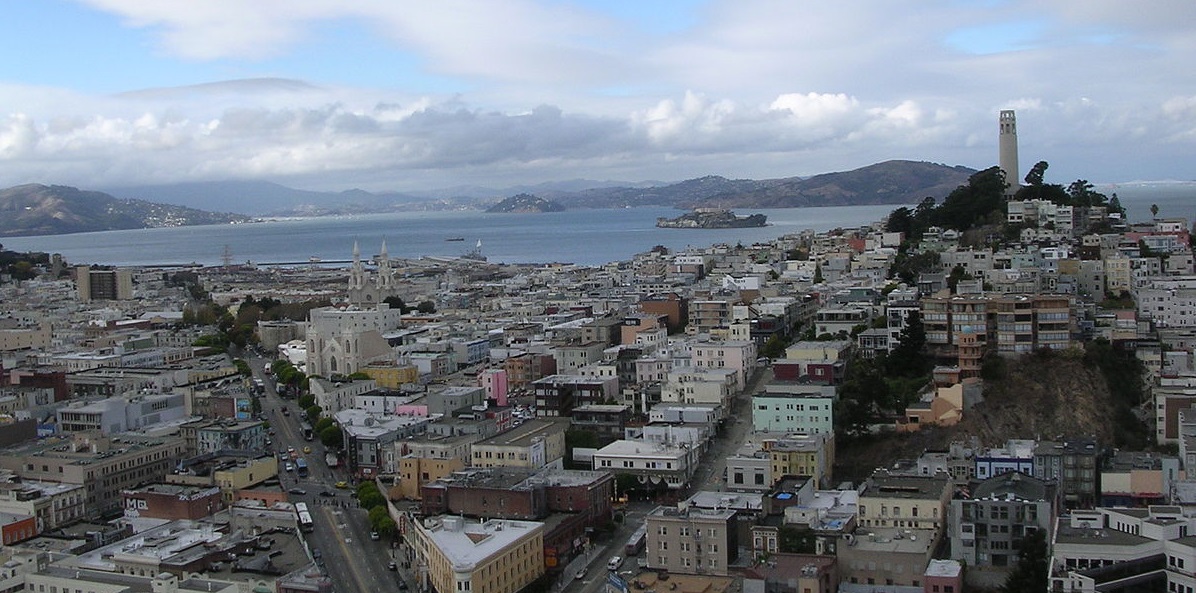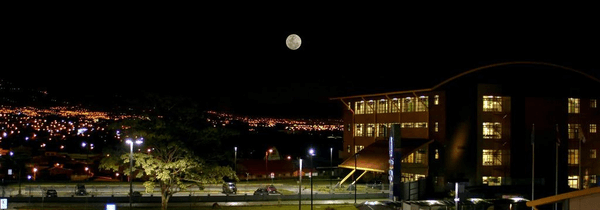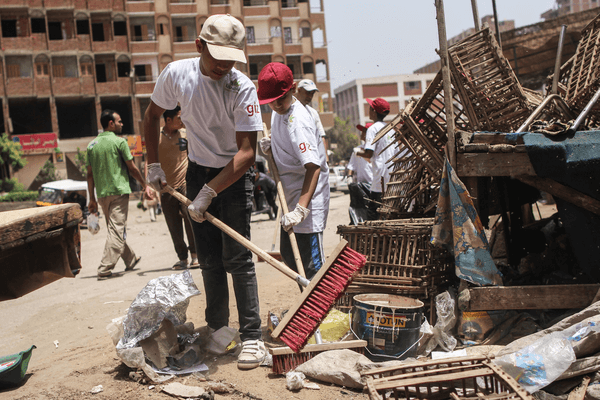City
San Francisco
Main actors
City Government, Private Sector, NGO / Philanthropy, Community / Citizen Group, Research Institutes / Universities
Project area
Whole City/Administrative Region
Duration
Ongoing since 2016
The city of San Francisco has developed a resilience strategy that will increase the city's capacity to be better prepared and recover more rapidly from natural disasters and climate change events.
The geographic location of San Francisco makes the city prone to natural disasters such as earthquakes, fires, floods and rising sea levels. Combined with population growth and climate change events, this increased pressure on the city's resilience capacities in terms of infrastructure, social inequity and unaffordability to respond accordingly.
Subsequently in 2014, the city administration embarked on developing a resilience strategy that involved more than 185 individuals, 31 government agencies, and 56 NGO and private sector organizations.
The Resilient San Francisco strategy was adopted by the city government in April 2016. The strategy is designed to increase the capacity of individuals, communities, public agencies, businesses and systems to survive, adapt and grow, no matter what kinds of chronic stresses and acute shocks they experience. It includes actions and measures aimed at keeping the population safe in major catastrophes with a focus on improving systems and structures to increase the city’s resilience overall.
External links / documents
On Map
The Map will be displayed after accepting cookie policy





